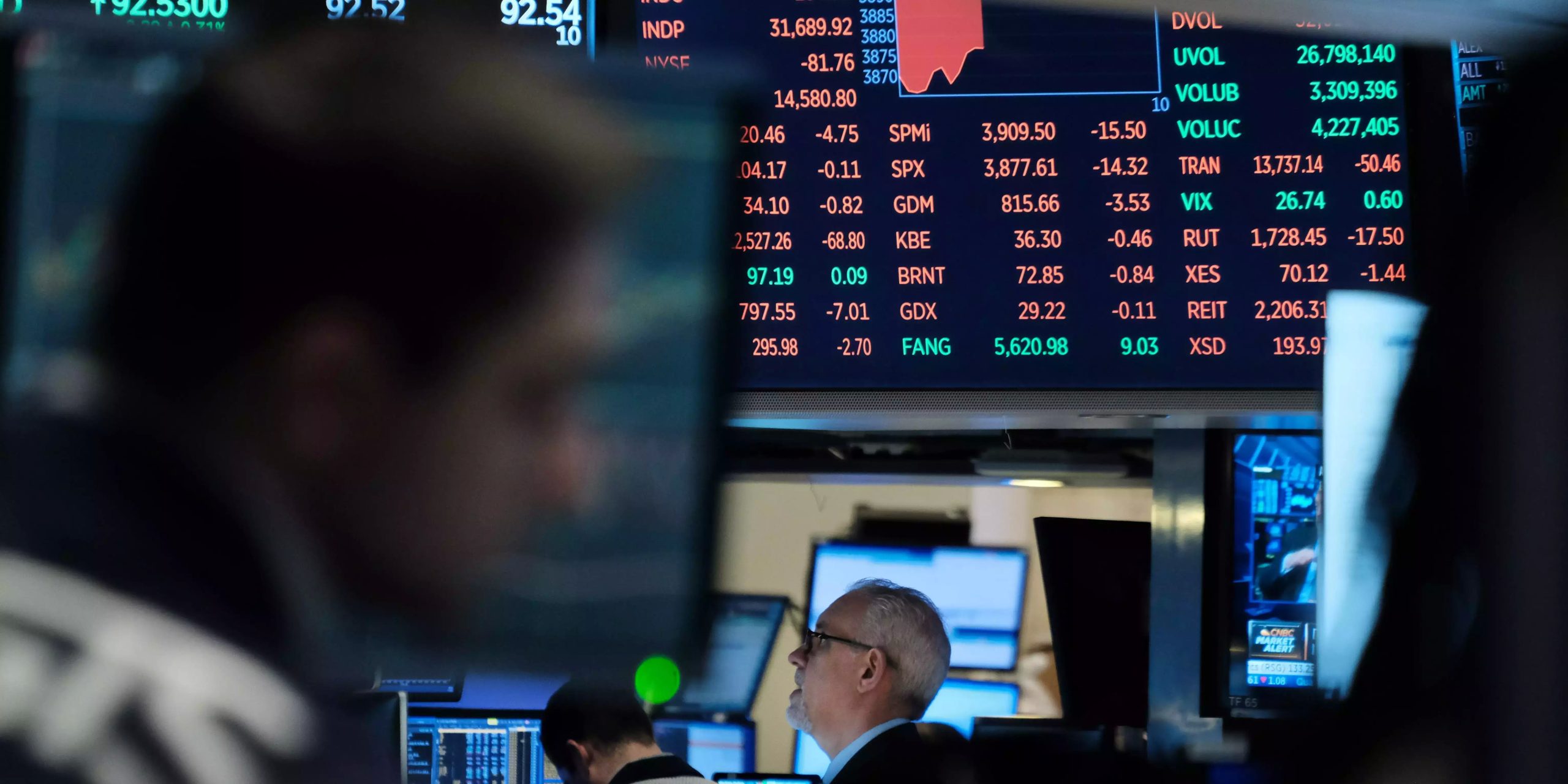Title: Volatility in the S&P 500: Uncovering the Risks Amplified by Big Tech and Unexpected Events
Subtitle: Research reveals the intensified volatility in the stock market amidst uncertain times
By Pierre Herubel
In recent years, the S&P 500 has experienced a surge in volatility, marking a significant shift from its past stability. According to research conducted by DataTrek, this increasing volatility can be attributed to a combination of adverse events and unexpected occurrences impacting the market.
While investing in stocks has always been deemed a risky endeavor, the frequency and intensity of intraday swings and relentless volatility have reached new heights in recent years. Large-cap stocks have faced amplified volatilities, with gains not necessarily aligning with the increased risks.
DataTrek released a note stating, “The S&P 500 has become noticeably more volatile over the last +60 years, but returns have not increased commensurately. A combination of factors has caused the shift, but Big Tech’s relative overweight is driving this trend now. We still believe US large caps are the most productive equity investment, but having a realistic view on volatility is important.”
Analyzing the data, researchers at DataTrek found that the standard deviation of daily returns in the S&P 500 significantly increased over the years. From 1958 to 1979, the standard deviation stood at 0.72 percent. This figure rose to 0.89 percent during the period of 1980 to 1989, and has climbed even higher since 2000, reaching 1.13 percent.
One of the key factors contributing to the higher risk associated with the stock market today is the concentration of Big Tech companies. Industry giants such as Apple, Microsoft, Alphabet, Amazon, Nvidia, Tesla, and Meta, collectively known as the “Magnificent Seven,” have been responsible for the majority of gains in the S&P 500 this year. This concentration masks the performance of other sectors in the market.
Data Trek researchers observe, “The S&P 500 is now heavily weighted to Big Tech, and this group exhibits both higher valuations and price volatility than the average company.” Apollo Management’s chief economist, Torsten Sløk, further emphasized this, stating that buying the S&P 500 today means investing in a handful of companies that make up 34% of the index.
Consequently, the S&P 500 becomes highly sensitive to price movements in these seven stocks, which are themselves susceptible to events like interest rate hikes by the Federal Reserve and other macro disturbances. This means that significant swings in a few select stocks can drive the majority of the price action in the broader index.
Another explanation for the increased volatility is the market’s amplified reaction to unexpected developments compared to previous eras. DataTrek’s note explains, “Unexpected events simply hit stocks harder than they used to. Last year’s aggressive series of Fed rate hikes created as much volatility as the 1973-1974 oil shock.”
Various factors contribute to the market’s heightened sensitivity. The rise of online trading, sparked by the black swan event of the pandemic, collided with excess savings from federal stimulus checks. This created the “meme-stock” craze, exemplified by stocks like GameStop experiencing double-digit intraday gains and losses over weeks. Additionally, rising corporate debt levels, coupled with rapid rate hikes from the central bank, have increased investor jitters.
Markets have also exhibited strong reactions to the Fed’s statements over the past 18 months, leaving investors anxiously awaiting any signals regarding future actions. Uncertainty surrounding the central bank’s decisions has intensified market volatility.
Lastly, there is the factor of bad luck. The decade has witnessed both the 2008 Financial Crisis and the 2020 Pandemic Crisis, which have significantly impacted the market. Although the 2008 crisis resulted from bad policies and speculative excesses, 2020 was genuinely an unforeseen and unprecedented event.
The intensified volatility within the S&P 500 is a culmination of various elements such as concentration in Big Tech, unexpected developments, and unfortunate timings. Recognizing these factors is crucial in navigating the current market landscape, as large-cap US stocks remain a productive equity investment amidst the evolving risks.

I have over 10 years of experience in the cryptocurrency industry and I have been on the list of the top authors on LinkedIn for the past 5 years.

